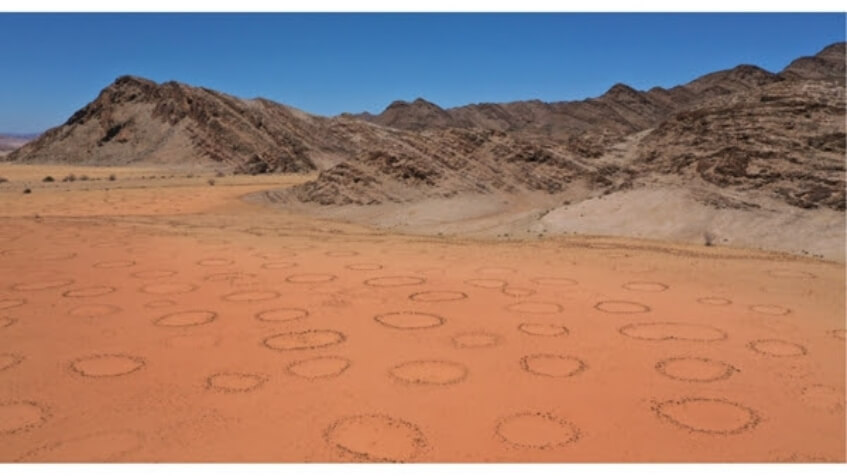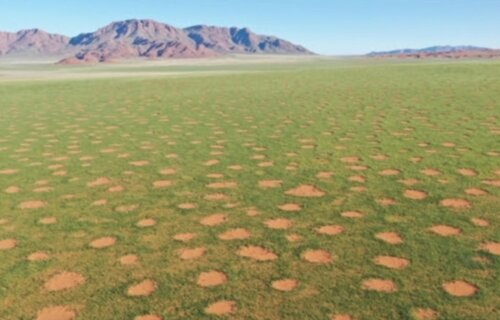BEER-SHEVA, Israel — Fairy circles, those bare-soil circular gaps found in grasslands around the world, have long captivated scientists. Initially discovered in Namibia and later in other regions, these enigmatic, nearly hexagonal patterns have sparked a range of theories about their origins, from water-vegetation feedback to termite nest patterns. Now, a new study is shedding light on this natural phenomenon and what it reveals about how ecosystems respond to water stress.
Scientists from Ben-Gurion University of the Negev have been delving into the mysteries of the Namibian fairy circles, using them as a case study to understand how ecosystems react when water is scarce. They believe that existing theories have overlooked a crucial connection between two key mechanisms necessary for understanding ecosystem responses: phenotypic plasticity at the level of individual plants and spatial self-organization in vegetation patterns at the level of plant populations.

Phenotypic plasticity refers to a plant’s ability to change its characteristics or traits in response to environmental stressors — essentially how a plant can adapt to its surroundings.
Spatial self-organization is a concept that relates to how vegetation patterns arrange themselves in space due to certain environmental factors.
The Israeli team put forward a novel model that takes into account both spatial patterns influenced by the interaction between water and vegetation and the ability of plants to adapt by growing deep roots to reach moist soil layers. By comparing their model’s predictions with real-world observations, they’ve managed to solve two longstanding puzzles that the traditional theory of vegetation pattern formation couldn’t explain:
1. Multi-scale fairy-circle patterns: This phenomenon involves the appearance of fairy circles surrounded by small-scale vegetation spots, a complex pattern that wasn’t accounted for by previous theories.
2. Absence of stripe and spot patterns: Unlike the classical theory’s predictions, researchers found that, along a gradient of rainfall, there were no stripe and spot patterns, only gap patterns.

What’s more, their research indicates that the combination of plant-level adaptations and population-level spatial patterns can lead to a variety of ways ecosystems respond to water stress, resulting in different multi-scale patterns. These patterns are not only fascinating but also much more resilient to water stress compared to those involving a single plant type.
“Identifying these alternative pathways is essential for shifting fragile ecosystems on tracks to collapse to pathways of resilience,” explains Ehud Meron, a professor at Ben-Gurion University of the Negev who recently won an ERC Synergy Grant to study resilience pathways in drylands and other biomes, in a university release.
“This study highlights the importance of considering more elements of ecosystem complexity when addressing how to evade tipping to dysfunctional ecosystem states as warmer and drier climates develop.”
Meron’s research holds promise not only for understanding the enigmatic fairy circles but also for helping us navigate the increasingly complex and fragile ecosystems of our changing world.
The study is published in the journal Proceedings of the National Academy of Sciences.
You might also be interested in:
- How did the Earth make continents? Scientists debunk a popular explanation
- Flower power: Ancestors of modern-day plants survived mass extinction of the dinosaurs
- How much light do your plants really need? Scientists unlock mystery of photosynthesis

